-
 Bitcoin
Bitcoin $83,523.5086
0.19% -
 Ethereum
Ethereum $1,812.4637
-0.35% -
 Tether USDt
Tether USDt $0.9997
-0.01% -
 XRP
XRP $2.0714
1.26% -
 BNB
BNB $597.1799
-0.96% -
 USDC
USDC $1.0000
0.00% -
 Solana
Solana $117.3332
-1.14% -
 Dogecoin
Dogecoin $0.1653
0.22% -
 Cardano
Cardano $0.6598
1.67% -
 TRON
TRON $0.2384
1.30% -
 Toncoin
Toncoin $3.5295
-6.29% -
 UNUS SED LEO
UNUS SED LEO $9.3919
-0.36% -
 Chainlink
Chainlink $12.9924
0.15% -
 Stellar
Stellar $0.2615
-0.14% -
 Avalanche
Avalanche $18.5165
0.77% -
 Sui
Sui $2.2403
-2.65% -
 Shiba Inu
Shiba Inu $0.0...01227
0.33% -
 Hedera
Hedera $0.1633
0.24% -
 Litecoin
Litecoin $84.4347
0.79% -
 Polkadot
Polkadot $4.0746
1.71% -
 Bitcoin Cash
Bitcoin Cash $308.4069
1.35% -
 MANTRA
MANTRA $6.3375
-0.49% -
 Bitget Token
Bitget Token $4.5061
-0.56% -
 Dai
Dai $1.0000
0.00% -
 Ethena USDe
Ethena USDe $0.9995
-0.03% -
 Monero
Monero $215.5260
0.65% -
 Hyperliquid
Hyperliquid $11.7177
-1.56% -
 Uniswap
Uniswap $5.9675
-0.42% -
 Pi
Pi $0.5475
-13.02% -
 Aptos
Aptos $5.0529
-3.27%
How to interpret the K-line chart of cryptocurrency?
K-line charts are essential for crypto analysis, showing open, high, low, and close prices. Combine with other indicators for better trading decisions.
Apr 02, 2025 at 07:35 pm
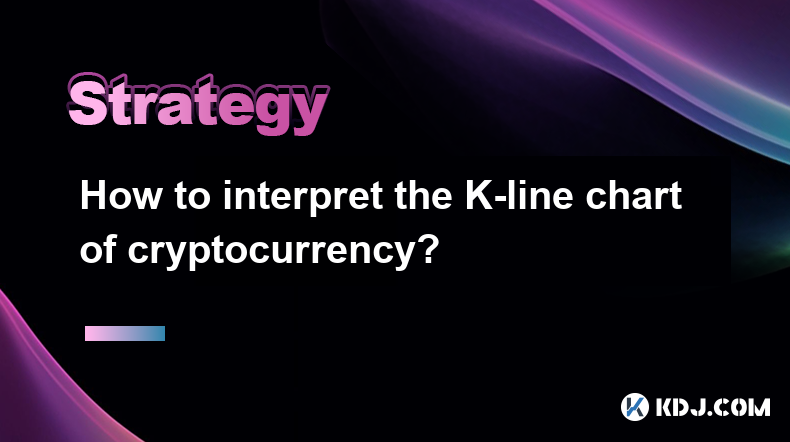
Understanding the Basics of Cryptocurrency K-line Charts
A K-line chart, also known as a candlestick chart, is a fundamental tool for technical analysis in the cryptocurrency market. Each candlestick represents the price action of a cryptocurrency over a specific time period (e.g., 1 minute, 1 hour, 1 day). Understanding how to read these charts is crucial for identifying trends and making informed trading decisions. The chart displays the open, high, low, and closing prices for that period. This information allows traders to visually assess price momentum and volatility.
Deciphering the Components of a Candlestick
Open (O): The price at which the cryptocurrency opened during the selected timeframe. This is usually represented by the bottom of the candlestick's body (if the candle is green) or the top of the candlestick's body (if the candle is red).
High (H): The highest price the cryptocurrency reached during the timeframe. This is the topmost point of the candlestick's wick (or shadow).
Low (L): The lowest price the cryptocurrency reached during the timeframe. This is the bottommost point of the candlestick's wick.
Close (C): The price at which the cryptocurrency closed during the timeframe. This is usually represented by the top of the candlestick's body (if the candle is green) or the bottom of the candlestick's body (if the candle is red).
Interpreting Candlestick Colors and Shapes
The color of a candlestick typically indicates whether the price closed higher or lower than it opened. Green candles (or white, depending on the charting software) usually signify a bullish period, where the closing price is higher than the opening price. Red candles (or black) usually signify a bearish period, where the closing price is lower than the opening price.
The length of the candlestick's body reflects the magnitude of the price movement during that period. A long body indicates a significant price change, while a short body suggests a relatively smaller price change. The length of the wicks indicates the extent of price volatility. Long wicks suggest indecision or rejection of price levels.
Identifying Common Candlestick Patterns
Certain candlestick patterns can provide insights into potential future price movements. These patterns often combine multiple candlesticks to create a recognizable shape. Some examples include:
Doji: A candlestick with almost equal opening and closing prices, suggesting indecision in the market.
Hammer: A bullish reversal pattern with a long lower wick and a small body, indicating a potential price bottom.
Hanging Man: A bearish reversal pattern, similar to a hammer but with the small body at the top of the candlestick.
Engulfing Pattern: A two-candlestick pattern where the second candle completely engulfs the first, suggesting a potential trend reversal. A bullish engulfing pattern occurs when a red candle is followed by a larger green candle, and a bearish engulfing pattern occurs when a green candle is followed by a larger red candle.
Combining Candlestick Analysis with Other Indicators
While candlestick patterns can be informative, it's crucial to combine them with other technical indicators for a more comprehensive analysis. Moving averages, relative strength index (RSI), and volume analysis can provide additional context and confirmation of potential price movements. Never rely solely on candlestick patterns for trading decisions.
Understanding Timeframes and Chart Types
The timeframe you choose for your K-line chart significantly impacts your analysis. Short-term charts (e.g., 1-minute, 5-minute) are useful for identifying short-term trading opportunities, while long-term charts (e.g., daily, weekly) are better suited for identifying long-term trends. Different chart types, such as line charts or bar charts, can also offer alternative perspectives on price action.
Practical Application and Risk Management
Interpreting K-line charts requires practice and experience. Start by analyzing historical data to familiarize yourself with different candlestick patterns and their implications. Backtesting your strategies on historical data can help you refine your approach. Always remember that cryptocurrency trading involves significant risk, and losses are possible. Implement proper risk management techniques, such as setting stop-loss orders, to protect your capital.
Frequently Asked Questions
Q: What are the limitations of using K-line charts for cryptocurrency analysis?
A: K-line charts are a tool for technical analysis, and they don't predict the future. They reflect past price action and can be influenced by market manipulation or unexpected events. Over-reliance on chart patterns can lead to inaccurate predictions.
Q: How can I improve my K-line chart interpretation skills?
A: Practice is key. Analyze historical data, experiment with different timeframes and indicators, and learn from your mistakes. Consider using charting software with educational resources and community support.
Q: Are there any resources available to learn more about K-line chart analysis?
A: Many online resources, including educational websites, trading platforms, and YouTube channels, offer tutorials and courses on candlestick chart analysis. Look for reputable sources with a proven track record.
Q: How do I identify a strong trend using K-line charts?
A: A strong uptrend is usually characterized by a series of consecutive green candlesticks with higher highs and higher lows. Conversely, a strong downtrend is characterized by a series of consecutive red candlesticks with lower highs and lower lows. The longer the trend, the stronger it is considered to be.
Q: What is the difference between a bullish and a bearish candlestick?
A: A bullish candlestick (typically green) indicates that the closing price was higher than the opening price, suggesting buying pressure. A bearish candlestick (typically red) indicates that the closing price was lower than the opening price, suggesting selling pressure.
Q: Can I use K-line charts for all types of cryptocurrencies?
A: Yes, K-line charts can be applied to analyze the price movements of any cryptocurrency. However, remember that each cryptocurrency has its unique characteristics and market dynamics, so your interpretation should be adjusted accordingly.
Q: How important is volume in conjunction with K-line analysis?
A: Volume is crucial. A strong price movement without significant volume may be less sustainable than one with high volume, confirming the price action. Low volume during a price movement can indicate a weak trend, potentially prone to reversal.
Disclaimer:info@kdj.com
The information provided is not trading advice. kdj.com does not assume any responsibility for any investments made based on the information provided in this article. Cryptocurrencies are highly volatile and it is highly recommended that you invest with caution after thorough research!
If you believe that the content used on this website infringes your copyright, please contact us immediately (info@kdj.com) and we will delete it promptly.
- VanEck Files for the First-Ever U.S.-Based Binance Coin (BNB) ETF, Opening New Avenues for Cryptocurrency Investment
- 2025-04-04 16:10:12
- Fil Dor Might Not Be the First Name Jumping Out of the Racecard When You Scan the 2025 Grand National Entries
- 2025-04-04 16:10:12
- Kaanch Network ($KNCH) — The Next Bitcoin or Ethereum?
- 2025-04-04 16:05:11
- Pepe (PEPE) Price Plunges Over 6% to Trade at $0.000006717 as Investors Decrease Their Exposure to the Meme Coin
- 2025-04-04 16:05:11
- Ripple Labs Settles with the SEC for $50M, But XRP's Price Remains Stagnant, Puzzling Investors.
- 2025-04-04 16:00:11
- There are four Coin Master links that offer rewards
- 2025-04-04 16:00:11
Related knowledge
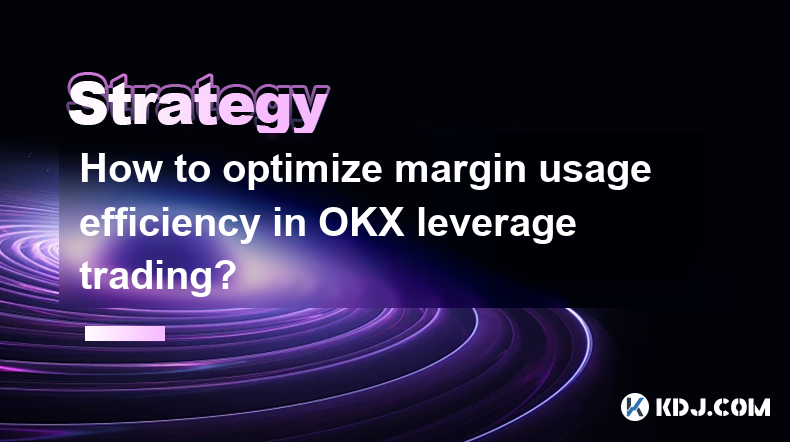
How to optimize margin usage efficiency in OKX leverage trading?
Apr 04,2025 at 03:21pm
Margin usage efficiency is a critical aspect of leverage trading on platforms like OKX, where traders aim to maximize their returns while managing risk. Understanding how to optimize margin usage can significantly enhance your trading performance. This article will delve into various strategies and techniques to help you make the most out of your margin...
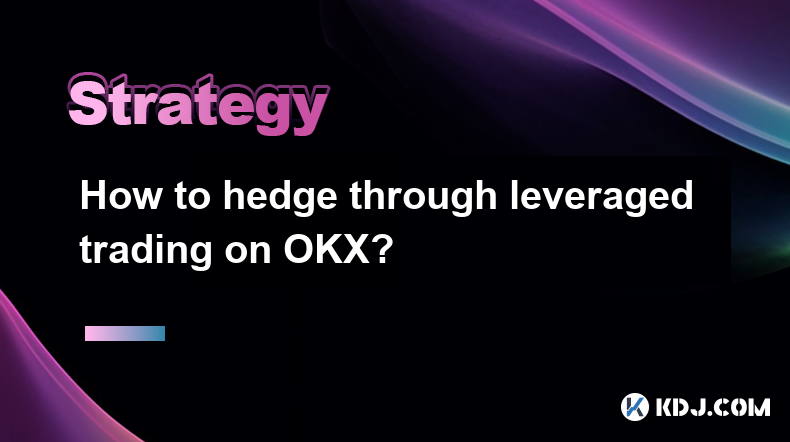
How to hedge through leveraged trading on OKX?
Apr 04,2025 at 01:42pm
Hedging through leveraged trading on OKX can be an effective strategy for managing risk in the volatile cryptocurrency market. This article will guide you through the process of setting up and executing a hedging strategy using OKX's leveraged trading features. We will cover the basics of leveraged trading, how to set up a hedge, and the steps to execut...
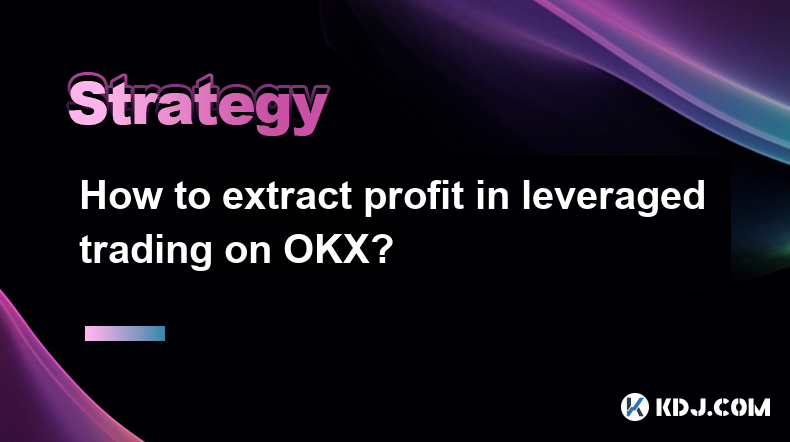
How to extract profit in leveraged trading on OKX?
Apr 04,2025 at 05:42am
Leveraged trading on OKX can be a powerful tool for traders looking to amplify their potential profits. However, it also comes with increased risk, making it essential to understand how to effectively extract profit from these trades. This article will guide you through the process of leveraging OKX's platform to maximize your gains while managing the i...
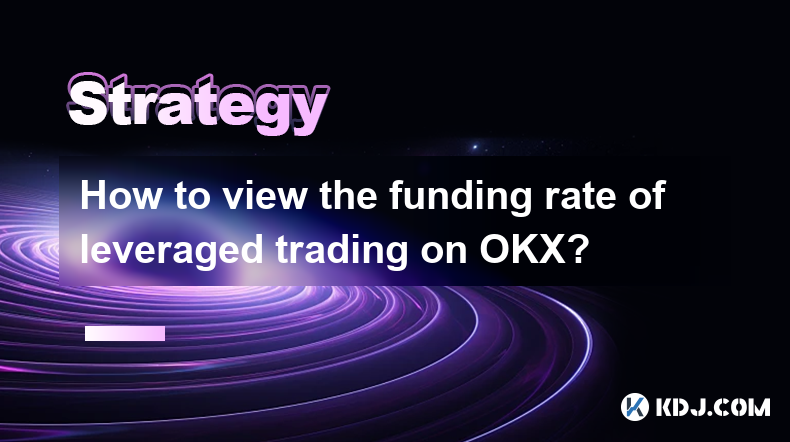
How to view the funding rate of leveraged trading on OKX?
Apr 04,2025 at 07:07am
Understanding the funding rate is crucial for anyone involved in leveraged trading on OKX. The funding rate is a mechanism used in perpetual futures contracts to ensure that the market price of the futures remains closely aligned with the spot price of the underlying asset. This article will guide you through the process of viewing the funding rate on O...

How to use the three crows candlestick combination to determine the market top?
Apr 03,2025 at 03:18pm
Three Black Crows are a classic K-line combination form that is often used to judge the top of the market in technical analysis. This pattern consists of three consecutive negative lines, the opening price of each negative line is within the entity of the previous K-line, and the closing price gradually decreases. This pattern usually appears at the end...
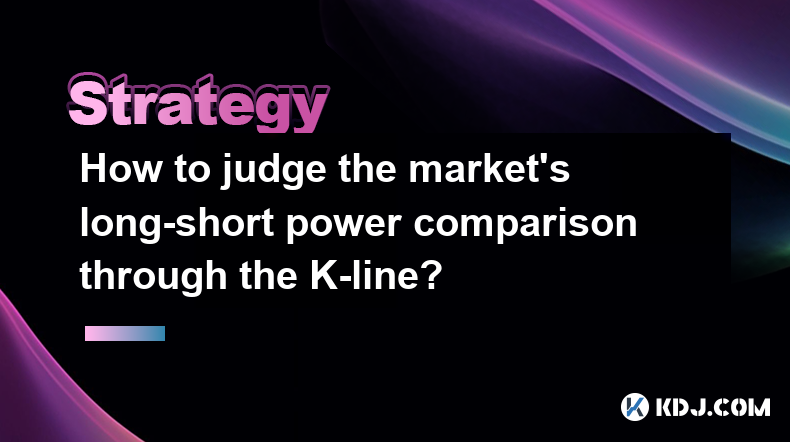
How to judge the market's long-short power comparison through the K-line?
Apr 03,2025 at 02:39pm
Judging the market's long-short power comparison through the K-line is an important skill in technical analysis. The K-line chart can not only show price changes, but also reflect the emotions and power comparison of market participants. This article will introduce in detail how to judge the market's long-short power comparison through K-lines. ...

How to optimize margin usage efficiency in OKX leverage trading?
Apr 04,2025 at 03:21pm
Margin usage efficiency is a critical aspect of leverage trading on platforms like OKX, where traders aim to maximize their returns while managing risk. Understanding how to optimize margin usage can significantly enhance your trading performance. This article will delve into various strategies and techniques to help you make the most out of your margin...

How to hedge through leveraged trading on OKX?
Apr 04,2025 at 01:42pm
Hedging through leveraged trading on OKX can be an effective strategy for managing risk in the volatile cryptocurrency market. This article will guide you through the process of setting up and executing a hedging strategy using OKX's leveraged trading features. We will cover the basics of leveraged trading, how to set up a hedge, and the steps to execut...

How to extract profit in leveraged trading on OKX?
Apr 04,2025 at 05:42am
Leveraged trading on OKX can be a powerful tool for traders looking to amplify their potential profits. However, it also comes with increased risk, making it essential to understand how to effectively extract profit from these trades. This article will guide you through the process of leveraging OKX's platform to maximize your gains while managing the i...

How to view the funding rate of leveraged trading on OKX?
Apr 04,2025 at 07:07am
Understanding the funding rate is crucial for anyone involved in leveraged trading on OKX. The funding rate is a mechanism used in perpetual futures contracts to ensure that the market price of the futures remains closely aligned with the spot price of the underlying asset. This article will guide you through the process of viewing the funding rate on O...

How to use the three crows candlestick combination to determine the market top?
Apr 03,2025 at 03:18pm
Three Black Crows are a classic K-line combination form that is often used to judge the top of the market in technical analysis. This pattern consists of three consecutive negative lines, the opening price of each negative line is within the entity of the previous K-line, and the closing price gradually decreases. This pattern usually appears at the end...

How to judge the market's long-short power comparison through the K-line?
Apr 03,2025 at 02:39pm
Judging the market's long-short power comparison through the K-line is an important skill in technical analysis. The K-line chart can not only show price changes, but also reflect the emotions and power comparison of market participants. This article will introduce in detail how to judge the market's long-short power comparison through K-lines. ...
See all articles




















































































